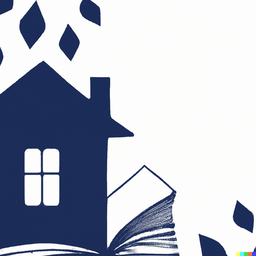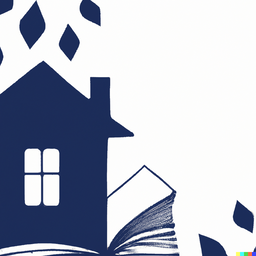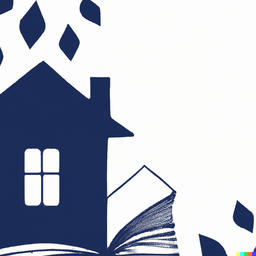
What is the impact of the novel’s dense and layered narrative structure on its readability?
Mark Z. Danielewski’s House of Leaves employs elaborate framing devices, fragments of fictional academic studies, multiple unreliable narrators, and avant-garde typography that make it a notoriously challenging reading experience. Evaluating the disorienting effects of the novel’s dense narrative architecture provides insight into Danielewski’s literary and philosophical aims.
The Active Reader - Cognitive Dissonance and Mirrored Mental Turmoil
The nesting of layered texts and conflicting accounts of events forces readers into an active process of assembling a cohesive narrative. This nonlinear approach can frustrate those seeking straightforward plot progression. However, the resulting cognitive dissonance mirrors the characters’ escalating mental turmoil.
Academic Footnotes and Literary Artifice - The Burden of Postmodern Complexity
Lengthy academic footnotes on invented sources interrupt and divert from main story events, often losing readers down recursive rabbit holes. While enhancing realism through verisimilitude, this scholarly poetics buries the core narrative under postmodern literary artifice.
Puzzle-Box Obsession - Prioritizing Form Over Emotional Resonance
For some readers, solving the puzzle box construction of the novel becomes more compelling than connecting to characters or ideas, at the expense of deeper emotional resonance. However, Danielewski purposefully elicits this obsessive reaction to mirror themes.
Thematic Sensations Through Form - Anxiety, Obsession, and Existential Instability
While inherently challenging, House of Leaves’ disorienting narrative structure intentionally manipulates form to produce thematic sensations of anxiety, obsession, and existential instability within the reading experience. In innovatively engineering a Sterne-like ergodic reading process, Danielewski values engaging mind over heart.
Popular posts
-

Unofficial Sparknotes Guide to "House of Leaves" by Mark Z. Danielewski
November 2nd, 2023
-

Chapter Summaries of "House of Leaves"
November 2nd, 2023
-

Character Analyses in "House of Leaves"
November 2nd, 2023
-

Themes in "House of Leaves"
November 2nd, 2023
-

Notable Quotes from "House of Leaves"
November 2nd, 2023
-

Discussion Questions for "House of Leaves"
November 2nd, 2023